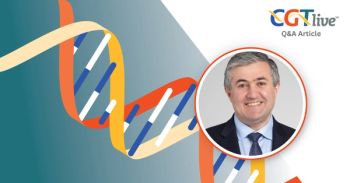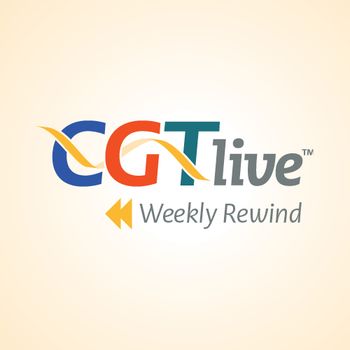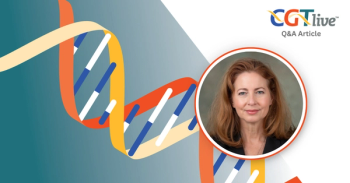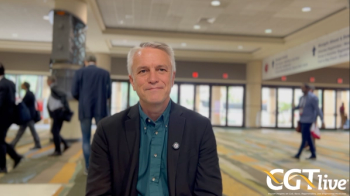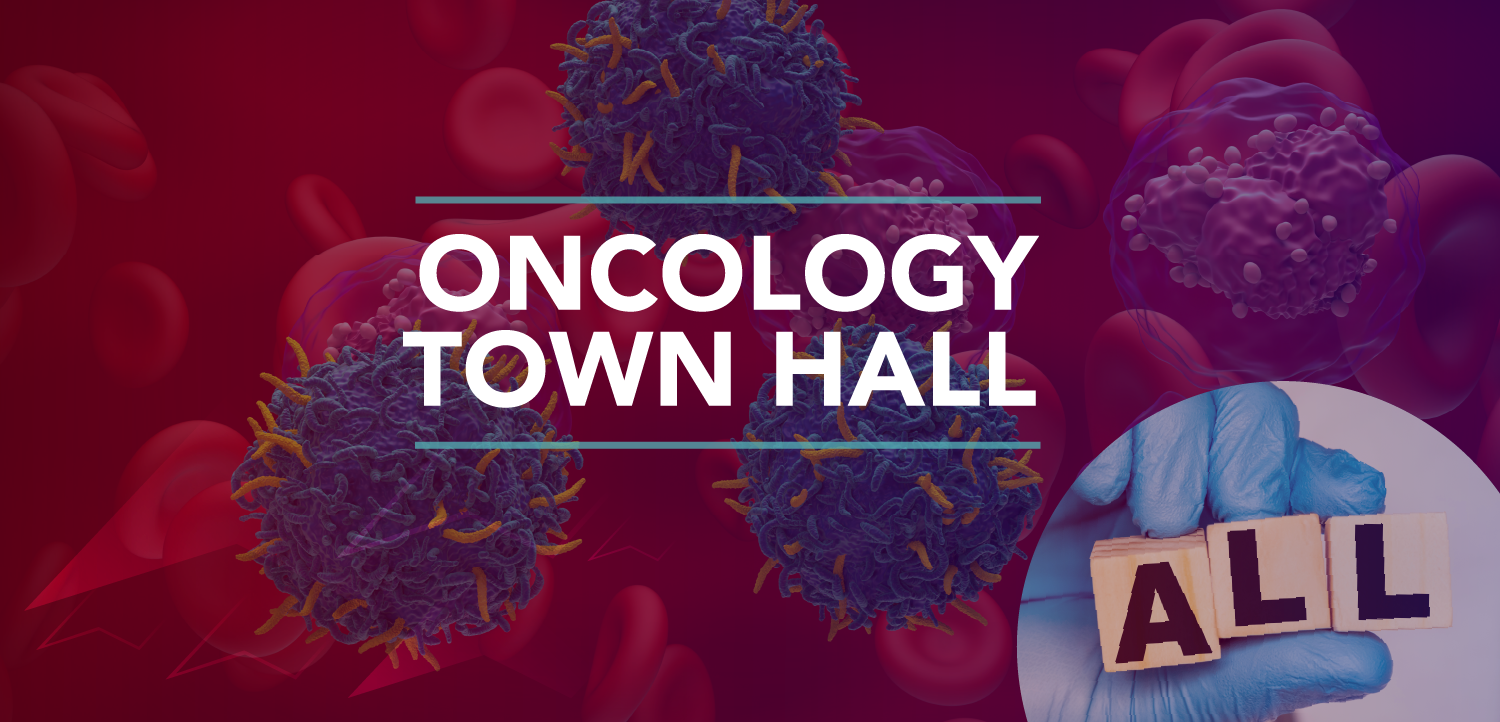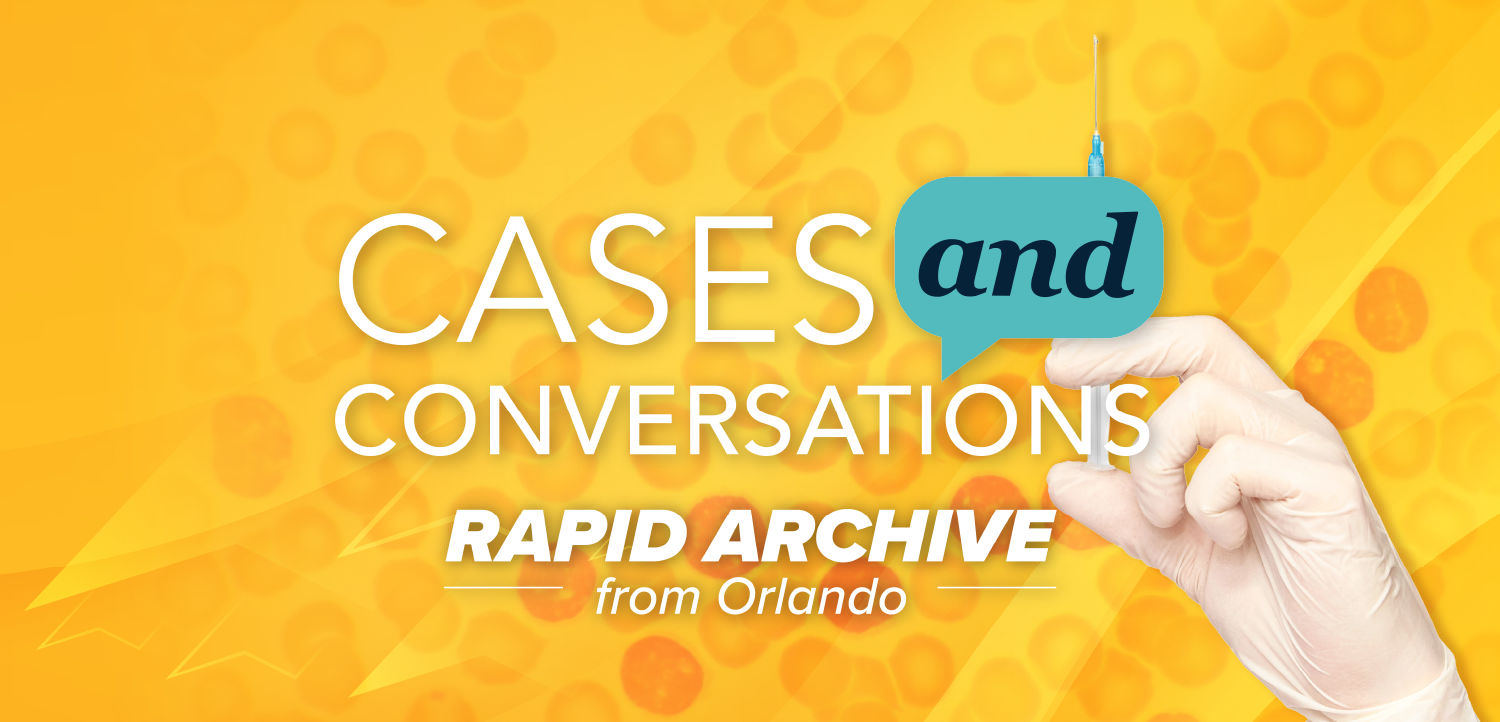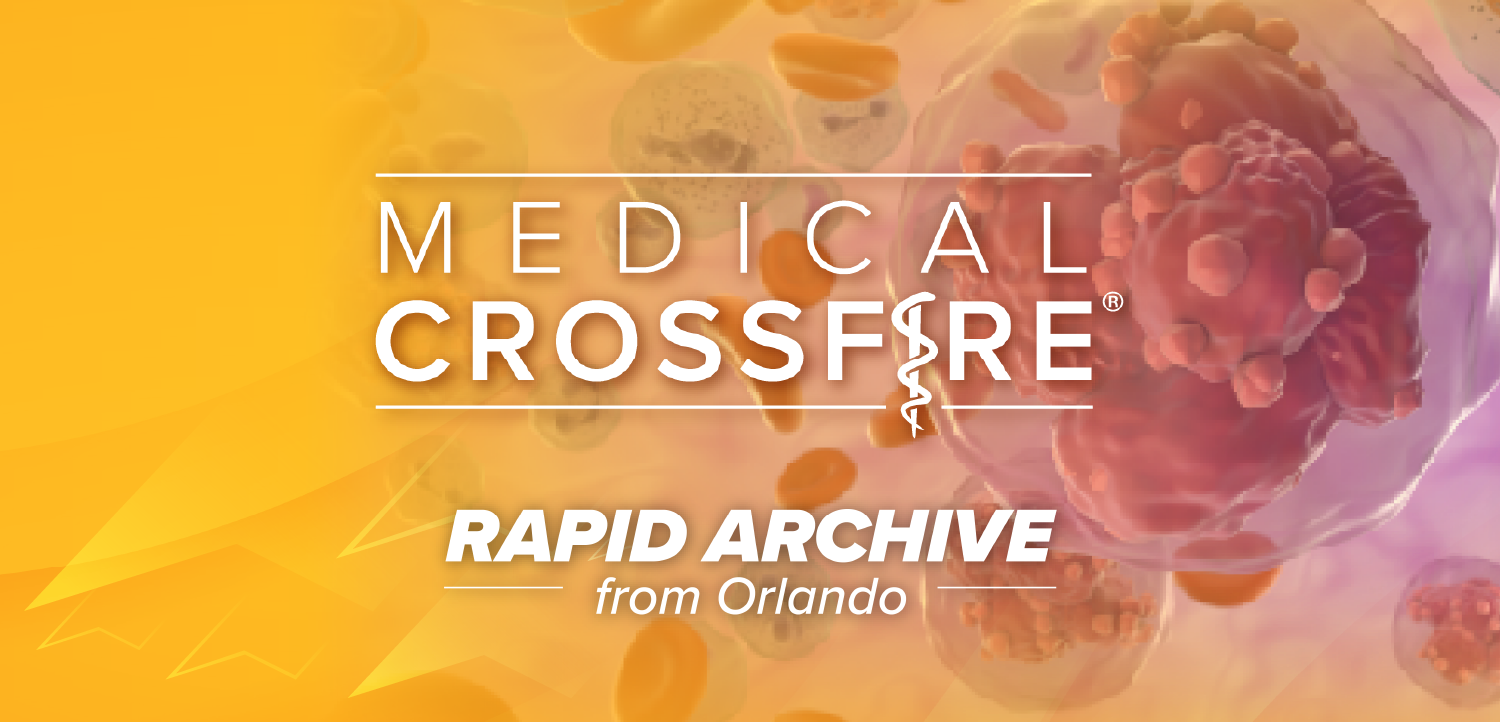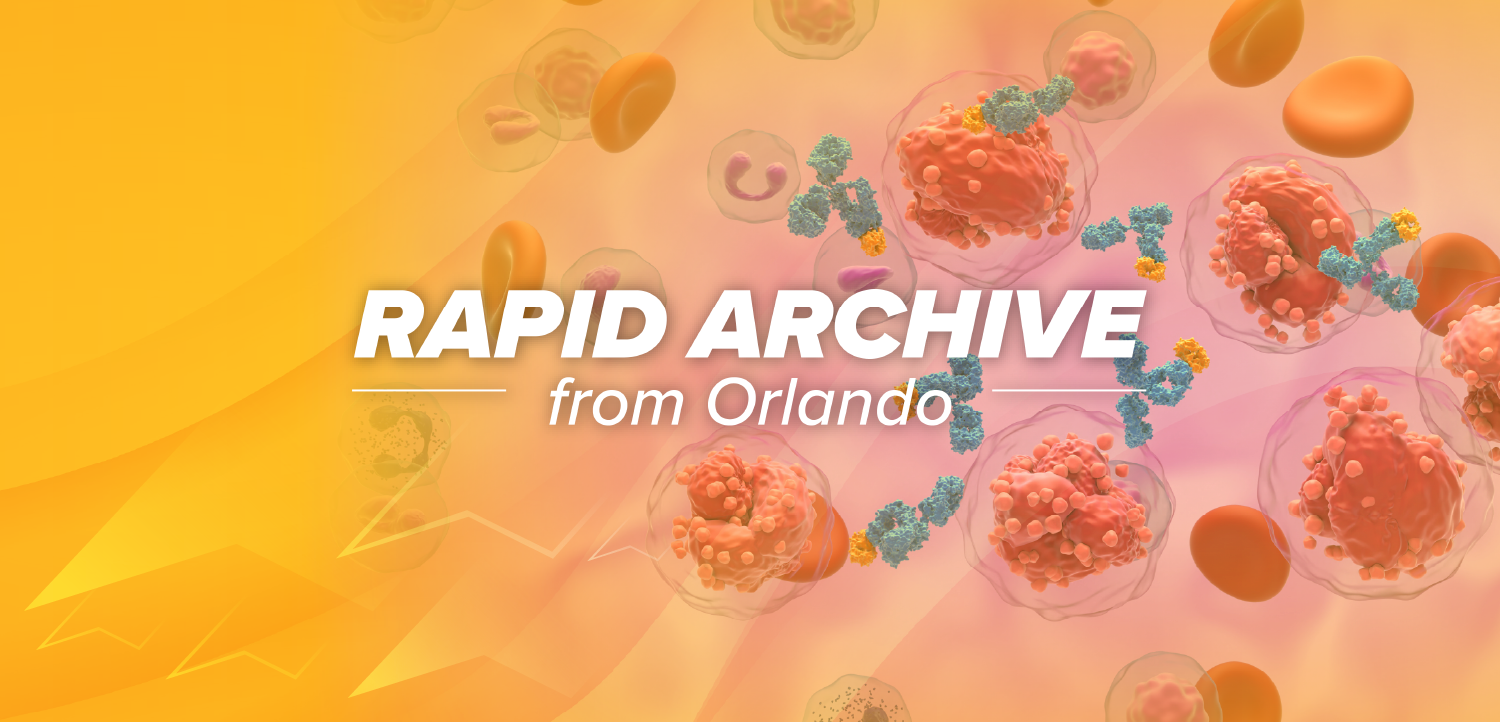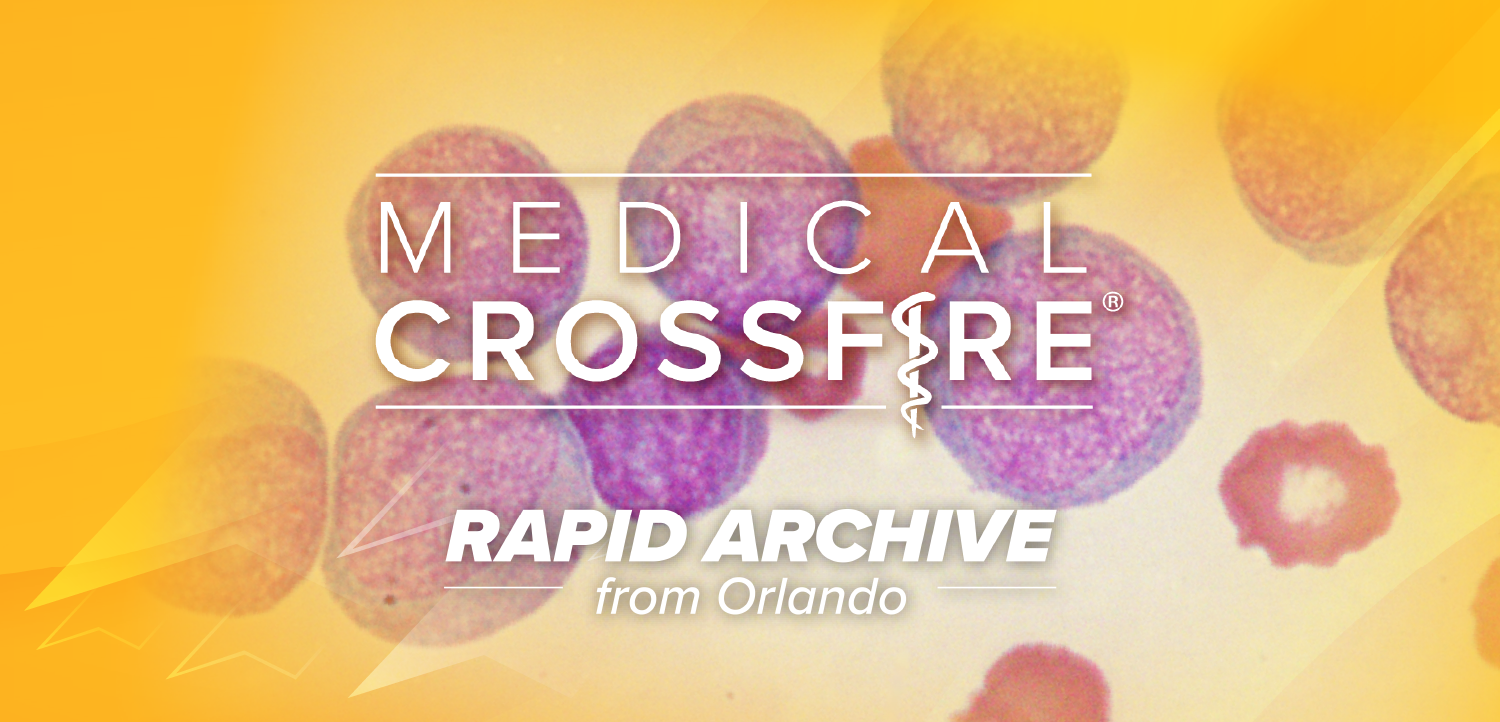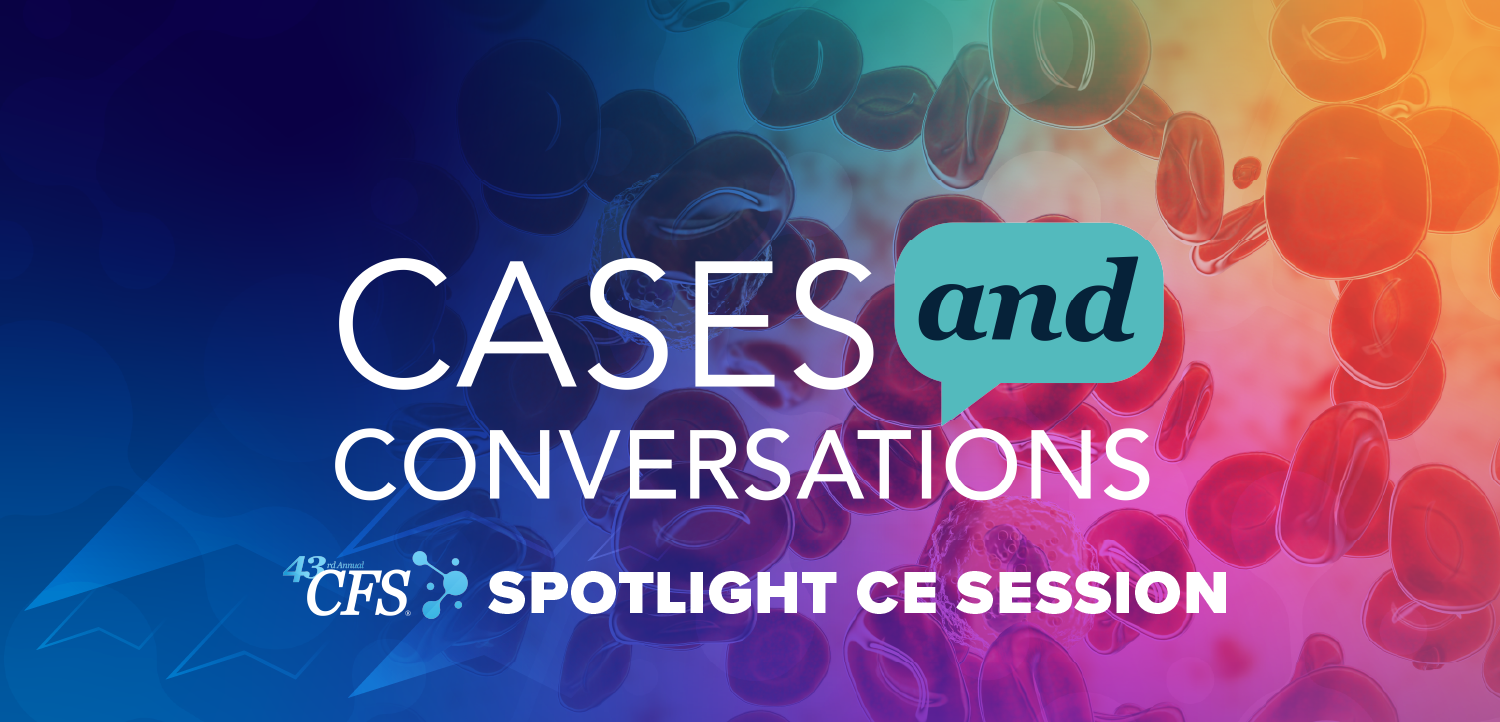
A Precision Approach to AAV Targeting
Sven Moller-Tank, PhD, a senior director at Regeneron discussed the company’s receptor-driven approach to AAV targeting, leveraging antibody engineering to enhance tissue specificity and reduce off-target effects.
At
Moller-Tank went over some key highlights from the company's research. He also explained Regeneron's unique approach to adeno-associated virus (AAV) targeting, which is based on antibody expertise rather than random library screening.
CGTLive: Can you give some background context about what Regeneron is doing at ASGCT this year?
Sven Moller-Tank, PhD: Regeneron Genetics Medicine is a suborganization within Regeneron that was put together a few years ago. Really it's an aggregation of a lot of efforts that were already going on at Regeneron around genetic medicines [in] a variety of different areas. We have interests in multiple different delivery vehicles—lipid nanoparticles, AAVs, viral vectors in general—but also cargo—so siRNAs, antisense oligonucleotides, and of course AAV genomes. We're developing technologies in all sorts of areas, trying to address several key challenges in the field, whether it's delivery to specific tissues for AAV (especially delivery outside of the liver), but we also want to apply these same technologies to some of our other cargoes (siRNAs etc.).
We're also working on developing ways to address other challenges in the field, particularly for AAV preexisting and acquired immunity, but also some of the other questions about the longevity of expression from AAVs, whether it's treating younger patients where there are dividing tissues—but also for even siRNAs, how do you reduce the number of required administrations and get sustained knockdown for a variety of different tissues and limit redosing?
Can you discuss the posters Regeneron is presenting at the conference this year?
We have several posters here this year that are highlighting our continued development of our antibody retargeting platforms for AAV. We've been developing these platforms for targeting the central nervous system using transferrin receptor, as well as the skeletal muscle, targeting CACNG1, and the peripheral nervous system targeting p75.
So we have posters that are highlighting both our platforms: our covalent platform, where we covalently attach an antibody to our AAV capsid, as well as our bispecific platform, where we have 1 arm against the capsid and another arm against our target receptor. We've been continuing to evolve these platforms and really spend a lot of time selecting and identifying the best antibodies for targeting. We're presenting some of those efforts to identify and screen in nonhuman primates, as well as validate our platform individually in nonhuman primates. Specifically, we're showing some of our skeletal muscle targeting.
Can you summarize what you would want the healthcare community to take away from that?
Regeneron, being an antibody company, entered the gene therapy field with an interest in applying antibodies. We have a lot of expertise in selecting engineering antibodies, and I think it's a very unique approach that we are taking. I consider it more of a rational approach for targeting compared to some, at least in the AAV field, more library-based approaches, where people are selecting for tropism to a particular tissue, and don't necessarily understand how it's getting there and what that receptor interaction is (maybe they retroactively identify it).
We are going after a particular receptor and then engineering our capsids to target that receptor. I think that's a unique approach. We're one of the first, I think, to successfully show that this can work in vivo. Previously, people had shown that it could work in vitro, but that jump to in vivo, I think, took many years, and we were key in showing that it could be done.
I think now a lot of the field is also recognizing that there is merit to this rational approach. So you see other people, whether they're using some sort of antibody-based approach or even a peptide that will bind to a specific receptor and really engineering their capsids around that specific receptor interaction.
This transcript has been edited for clarity.
Newsletter
Stay at the forefront of cutting-edge science with CGT—your direct line to expert insights, breakthrough data, and real-time coverage of the latest advancements in cell and gene therapy.

